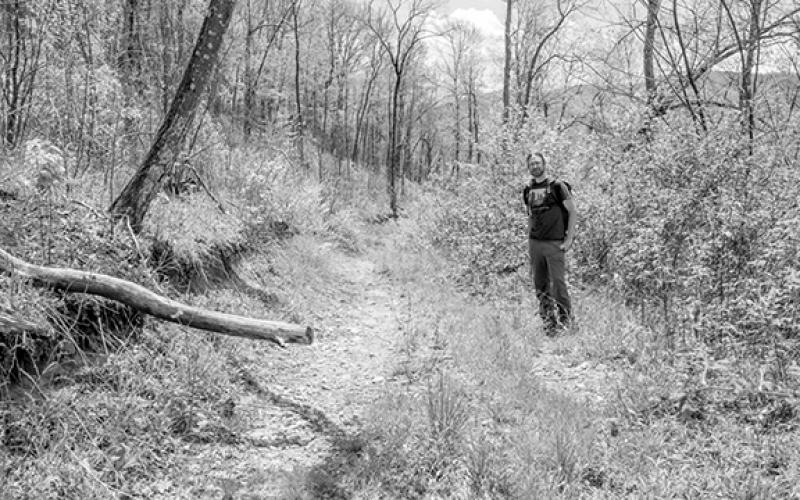- Vote in poll question on old-growth forests, page 4A.
- Guest columnist says forests must be preserved, page 5A.
Topton – A planned project in the Nantahala National Forest is causing some to express concerns about the possibility of old-growth logging in the area.
The Crossover Timber Project will include several assets of management to the southern and northern slopes of the Snowbird Mountains west of Topton in northeast Cherokee County and southern Graham County.
A scoping letter was put out in May further explaining the project, with a prior scoping package released in 2020. The letter also solicited comments from stakeholders until midnight June 16. Comments received in reaction to the letter will be public record.
A 30-day notice and comment period will be provided at a later date.
“Scoping is where we announce to the public the management proposals that we are considering, and it’s an opportunity for individuals and organizations to provide comment, and these proposals are presented,” planning team leader Stevenson Moffat said. “It’s a starting point for alternatives to evaluate and environmental analysis.”
He said the work would likely begin in spring and summer 2022, then would last for several years, at least into 2030.
“There will be timber harvest,” Moffat said. “It’s intended for wildlife habitat. We haven’t cut a tree – just because we’re into tree cutting – since the 1980s. It’s designed to revive necessary habitat for not just game animals that people think of – like deer, turkey, bear and that kind of thing – but also bats favor these openings.
“It’s a lot easier to fly around in an opening. There are more bugs. There are more berries in these young growth stars.”
He also mentioned the need for increased tree species diversity in the project area, including oaks and hickories to produce nuts to feed wildlife.
“Oak trees produce the most acorns between the ages of 40-80, so we’re looking ahead to having some stands that are going to be hitting that 40 years old as we’ve got other stands that are moving out of that 80 year age class,” Moffat said.
The project will also include work to benefit fisheries, wildlife openings and recreation.
“It’s a broad mix,” Moffat said.
He said the Forest Service had been in contact with groups concerned about the potential impacts of the project and was working with them.
“So far, we’ve received some concerns from environmental, non-governmental organizations and some of their members, because they’re concerned we would authorize management activities in areas that they think are too sensitive to support them,” Moffat said.
“We’re listening to them as well. Typically, we propose a couple of these type projects every year, so there’s a set of stakeholders that participate every time, so we’ve got long-running relationships with them.”

